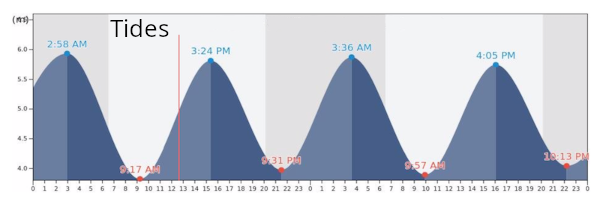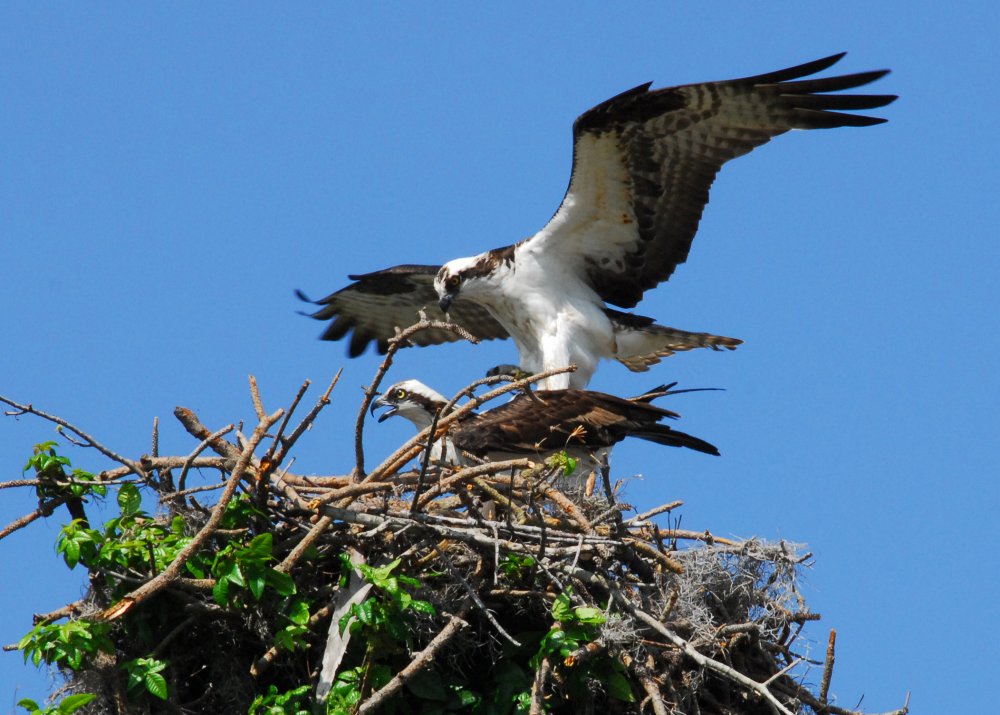Sandy Hook
- Raritan Bay - Atlantic Highlands ( 40.41858, -74.04652 )
- Raritan Bay - Cliffwood (E) ( 40.45089, -74.22033 )
- Raritan Bay - Cliffwood (W) ( 40.45216, -74.22269 )
- Raritan Bay - Cliffwood (Whale Creek) ( 40.45090, -74.22274 )
- Raritan Bay - Highlands ( 40.40340, -73.98494 )
- Raritan Bay - Keyport (E) ( 40.44095, -74.19534 )
- Raritan Bay - Keyport (W) ( 40.43921, -74.20160 )
- Raritan Bay - Laurence Harbor (E) ( 40.45877, -74.24622 )
- Raritan Bay - Laurence Harbor (W) ( 40.46223, -74.25482 )
- Raritan Bay - Leonardo ( 40.42375, -74.06122 )
- Raritan Bay - Middletown ( 40.44463, -74.11175 )
- Raritan Bay - Port Monmouth ( 40.43800, -74.08955 )
- Raritan Bay - Sandy Hook ( 40.41555, -73.98161 )
- Raritan Bay - South Amboy (N) ( 40.48343, -74.27059 )
- Raritan Bay - South Amboy (S) ( 40.47946, -74.26831 )
- Raritan Bay - South Amboy Ramp ( 40.48401, -74.27416 )
- Raritan Bay - Union Beach (E) ( 40.44787, -74.16598 )
- Raritan Bay - Union Beach (W) ( 40.45479, -74.17517 )
I have marked Lot C on the bay side, which is the best combination of parking and access to the water. This spot is very popular with windsurfers. You could also use Spermacetti Cove to the north. On a very fine day, you could even try the ocean side.
There is a fee to enter the park in the summer season, it is free after Labor Day. Before Memorial Day might be chilly.


Questions or Inquiries?
Just want to say Hello? Sign the .